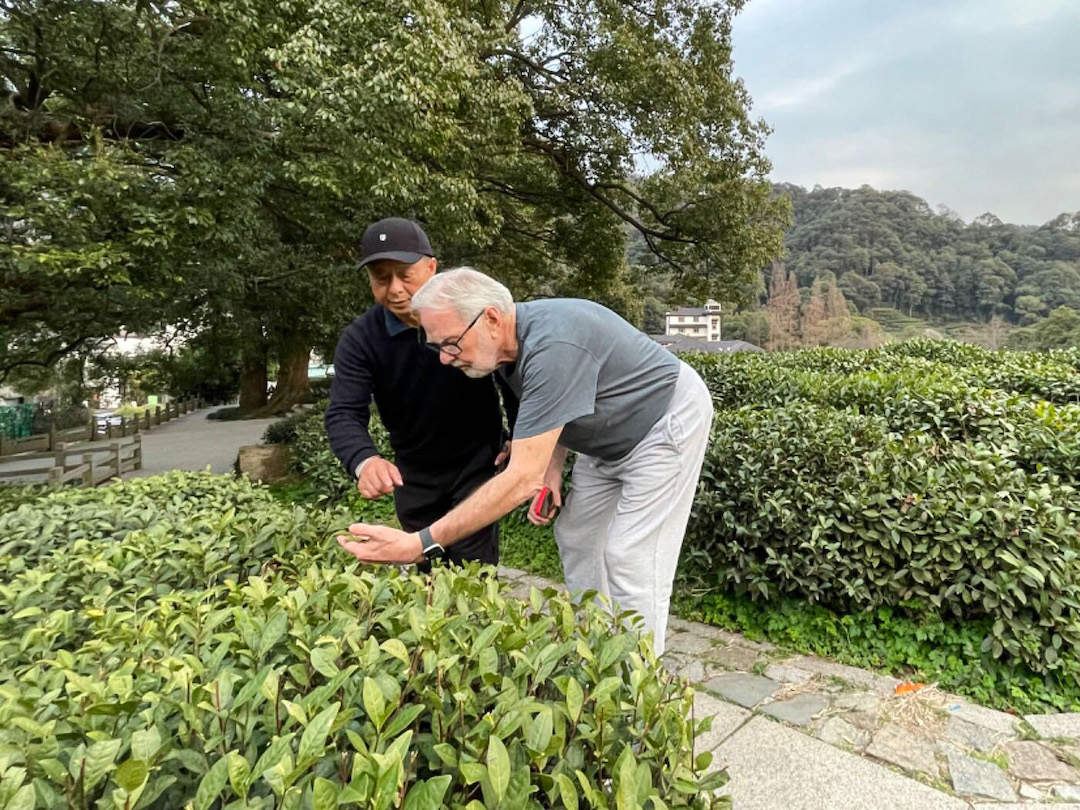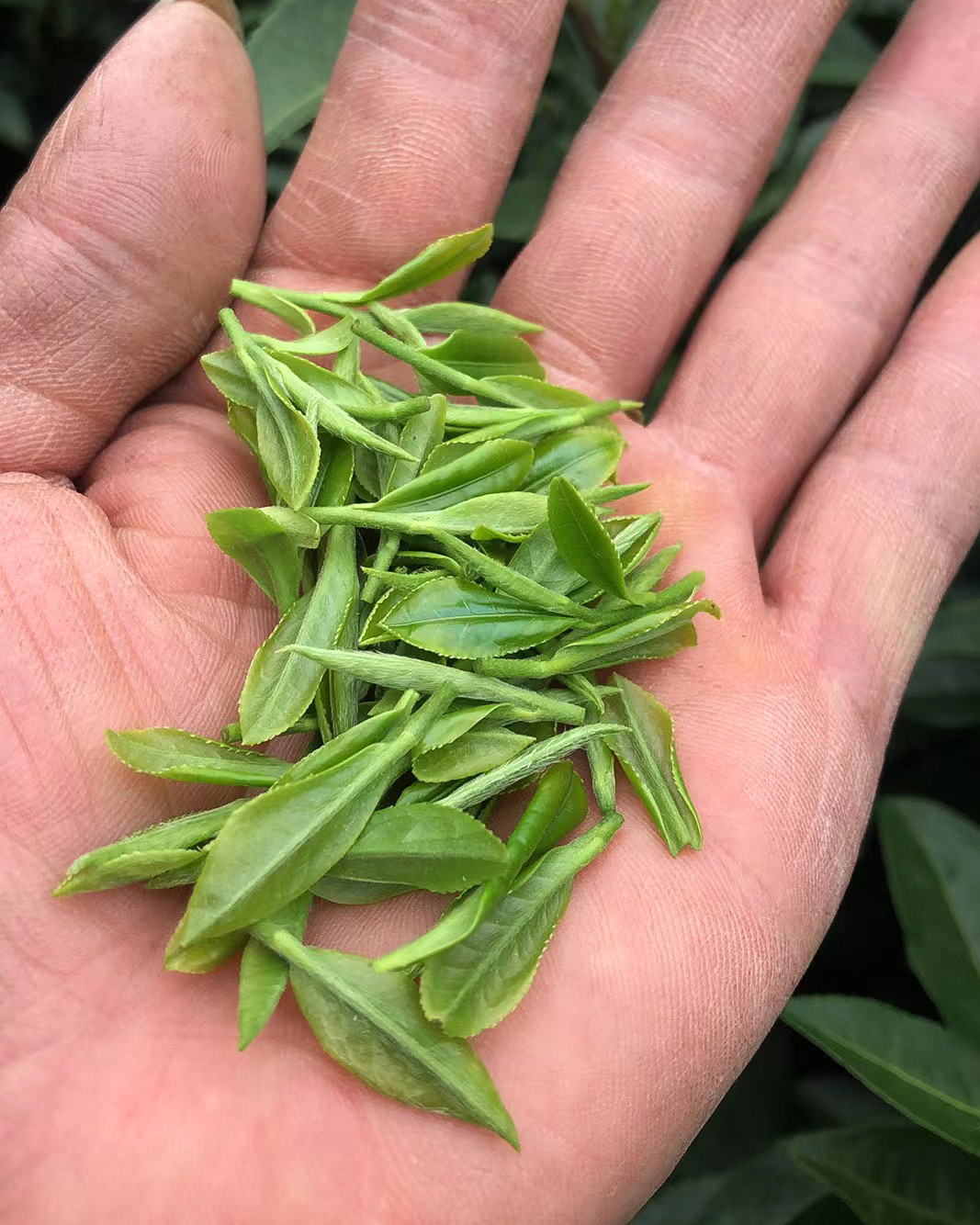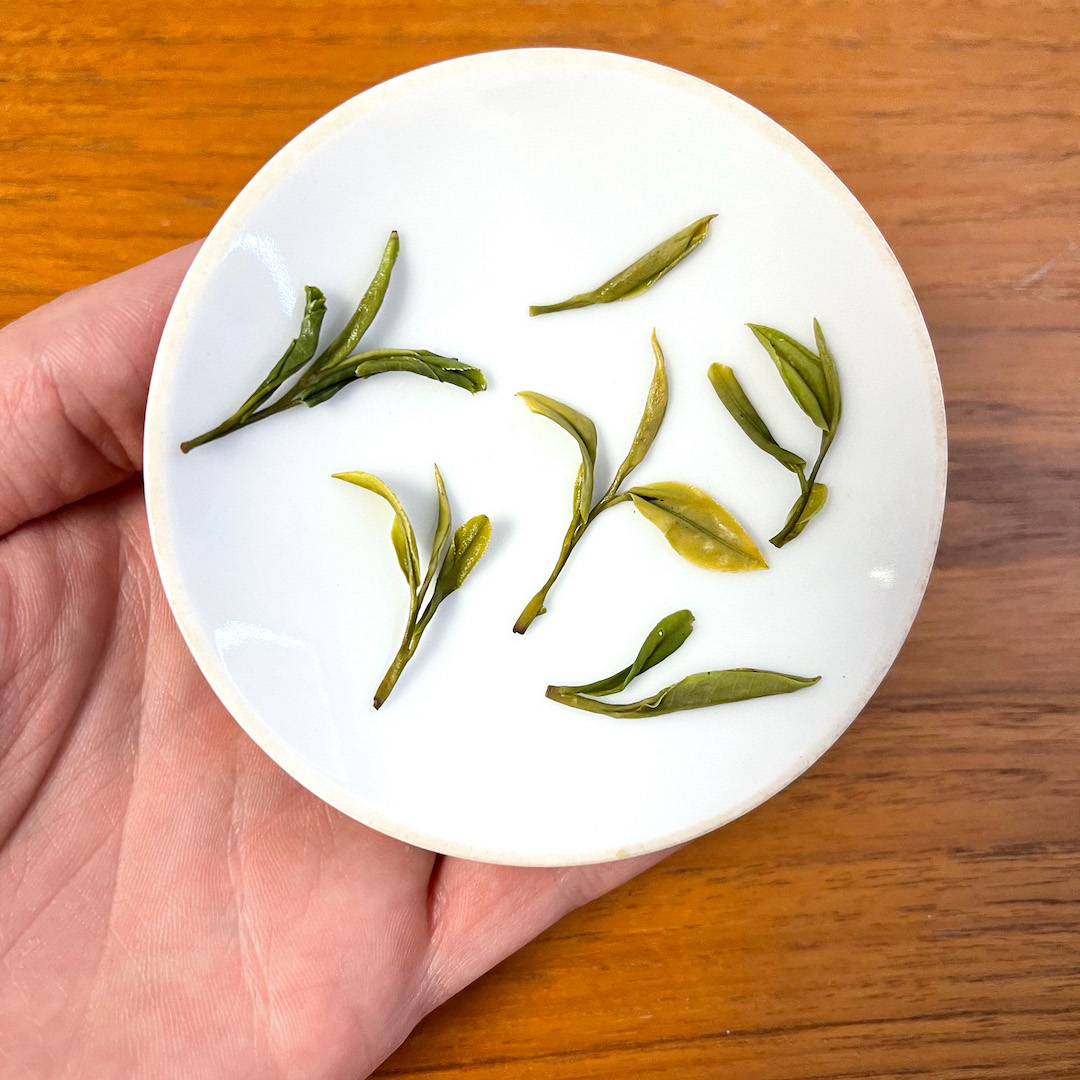
All my life, whenever I’ve had a little patch of dirt available to me, I’ve been a gardener. If somebody ever asks me why I have a garden, I’ll tell them it is to grow tomatoes. As I’ve learned more about tomatoes, I’ve discovered types of tomatoes that you can’t buy in the store because they are ugly, they are the wrong color, or they come from plants that didn’t produce much. For those reasons Commercial tomato growers have given up on these tomatoes, and science has given us perfect looking tomatoes–round and red–that came from vines that are big-time producers. I’m not adverse to growing those types myself. They do deliver on their promise of growing more than I can possibly eat. The problem with these commercial tomatoes is they just didn’t have the taste that you would expect from one that was home-grown. But I managed to find what I was looking for in other tomato varieties by talking to gardeners. These varieties had come before the perfect tomatoes and they are called heirlooms, an inheritance from old time gardeners.

A similar situation exists in the world of domestic Chinese tea. As China became grounded in modern agricultural science, the traditional seed-grown plants were set aside for those perfect cultivars: tea plants that grow big buds, flush early, and yield a crop that extends into summer, or even longer in some places. The agricultural goals were similar between tomatoes and tea in that an ideal aesthetic was chosen and the goal of increased yield had been realized. Here in the United States the market fuels those changes, whereas in China the government is the agent of change.
The hero of modern tea is a man named Zhang Tianfu. It was his inspiration, beginning in the 1930s, that married Chinese tea production to modern science. Zhang wanted to reclaim the prestige of Chinese tea that had been lost beginning in the Opium Wars in the 1840s, and was completely destroyed during the Japanese occupation of China in World War II. Because of Zhang, Fujian agricultural universities made tea science part of their curriculum. By the turn of the century, China became the largest producer in the world.
It would be a mistake to take these advances in tea agriculture as a bad thing. We have them to thank for the success of the modern Chinese tea industry. But because Seven Cups is oriented towards traditional tea makers (rather than commodity tea) the issues of the heirloom cultivars became important to us.
Tea propagation in the modern era can be divided into either seed propagation or clonal propagation from cuttings. The great thing about cuttings is that each new plant will be pretty much the same as the one that provides the cutting. If the agricultural goal is an increase in quantity, cuttings are the best way to get there. A scientifically optimized cultivar can be used extensively.

We are choosing to use “heirloom” to describe the local cultivars that are primarily grown from seed. The problem with seed-grown cultivars is that what that comes from the seed is less predictable in its characteristics. For example, the leaves of one plant can be short and fat, while others can be long and thin. This provides a challenge for the tea maker to make a consistent tea. The difference arises from cross-pollination. The changes of cross-pollination are minimized if all the plants in the same area are the same cultivar.
This conversation can get very complicated because of the tea’s ability to respond to the biodiversity that it is a part of. For example, should a scientifically-developed clonal cultivar be planted in a place that’s 1000 miles from its parent, it can, within decades, be significantly different, as it has reacted in the environment that it’s been planted in.
The tea industry in China has benefited enormously from the scientifically developed cultivars that make up so much of its crop. On the other side of the coin, the heirloom cultivars that are there and used by small traditional tea makers are extraordinarily valuable. We have some excellent ones in our catalog now. And when we source tea, we’re always looking for these cultivars and these traditional tea makers. It also bears mentioning, that when I ask the tea makers themselves, they always prefer tea from their old heirlooms–the ugly, misshapen, and flavorful garden-grown tomatoes, if you will.
Many of the producers we work with grow both local seed-grown varieties alongside modern cultivars, balancing new and old. But agricultural policy continues to push for adoption of improved clonal varieties with greater yield and consistency. My fear is always that if the balance isn’t struck, one tea or another tea will disappear forever.
Let’s hope that never happens again.

